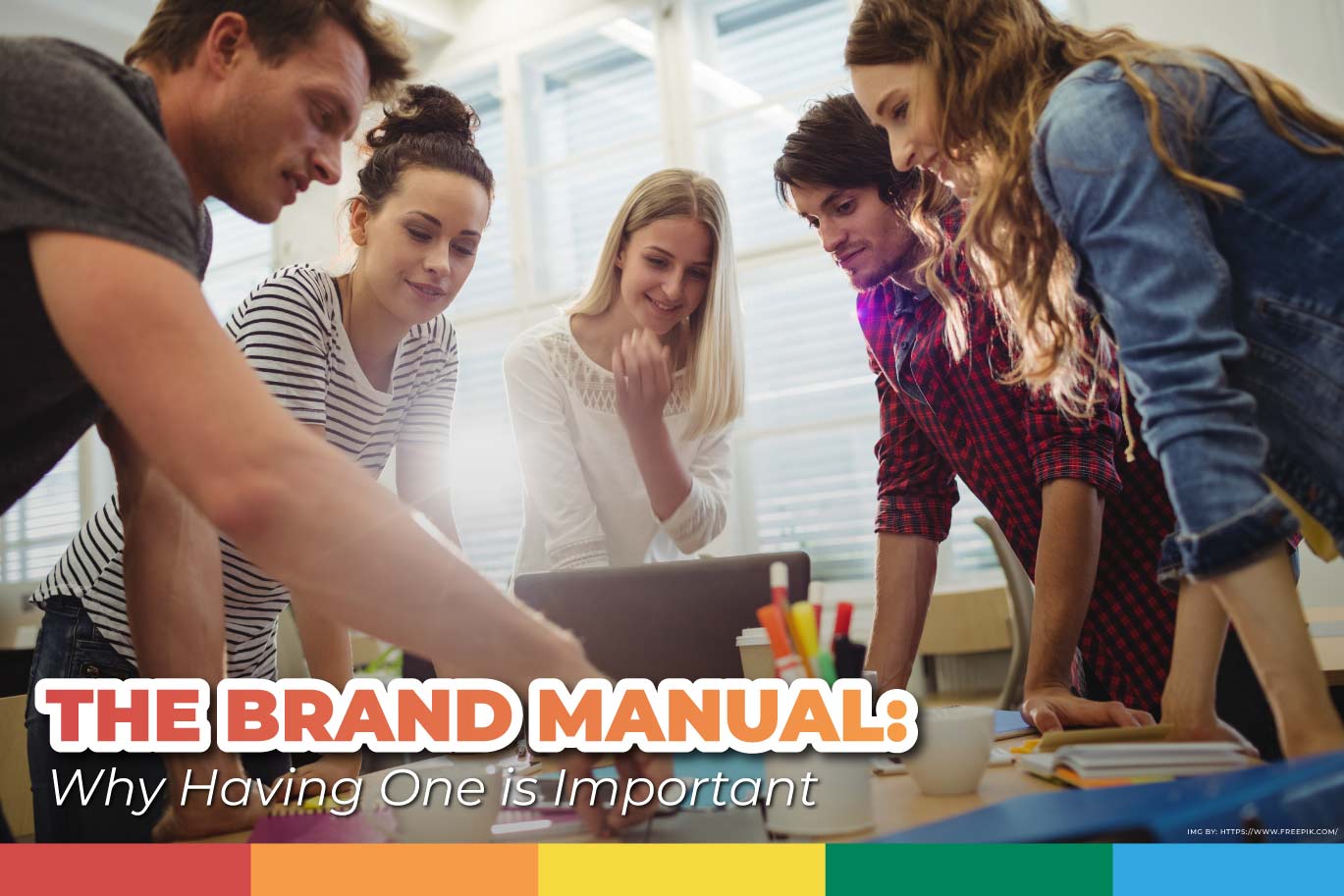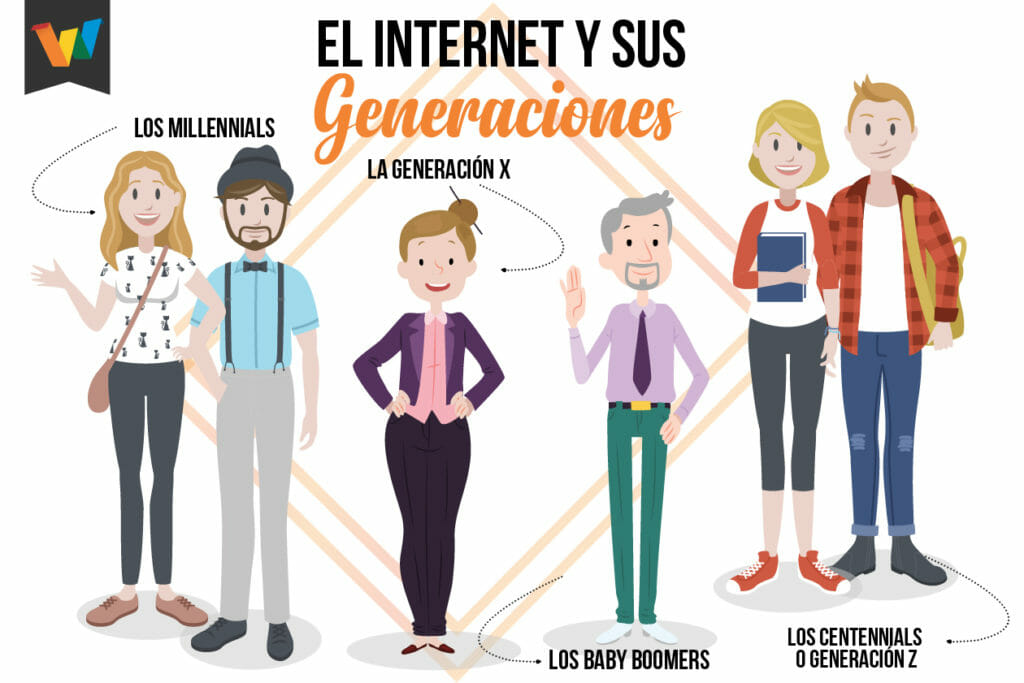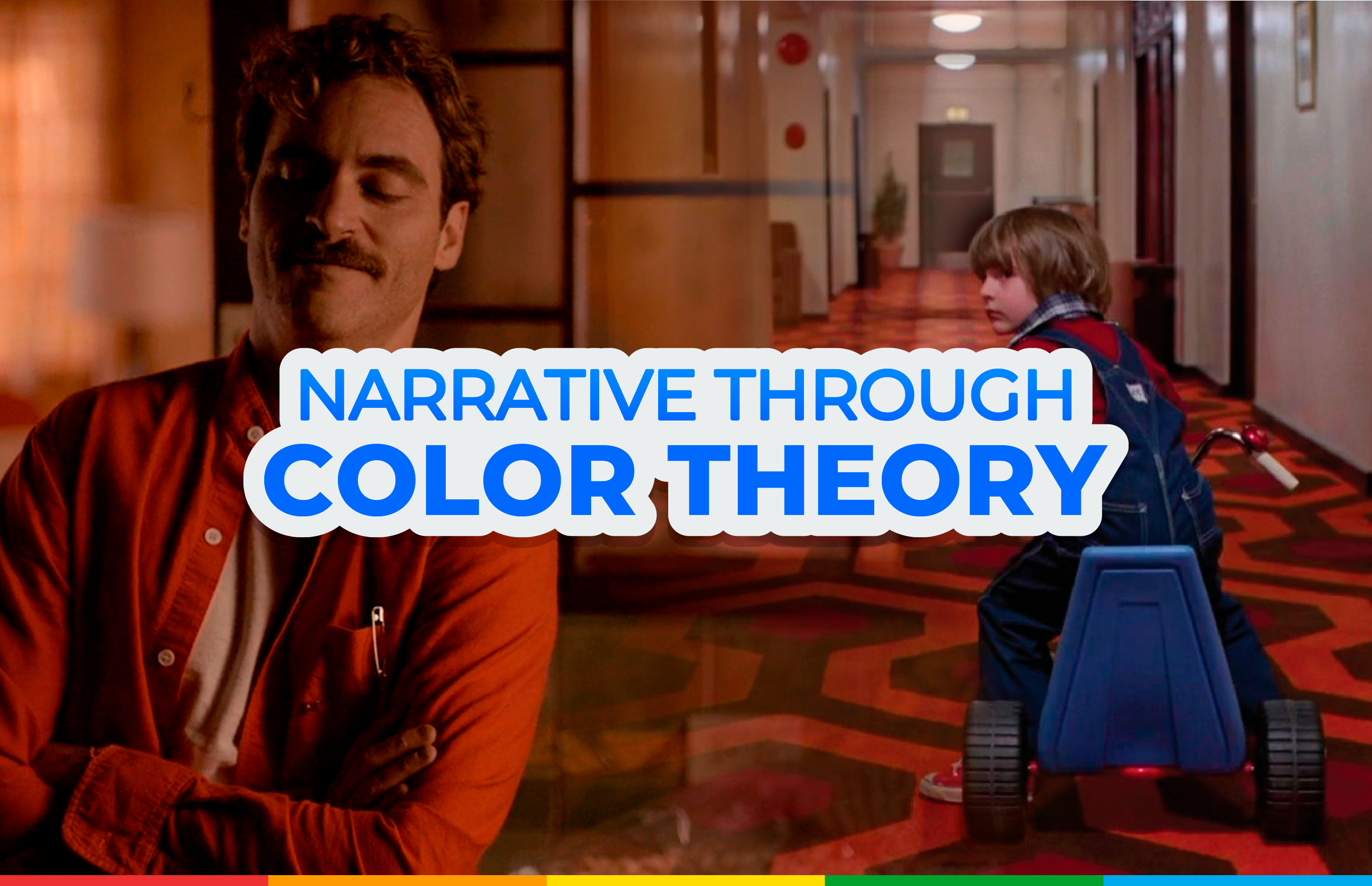The pyschology of branding is a somewhat extensive and slightly complex topic to grasp. Not everything you do for your brand will necessarily work; it all depends on what you, as a brand, set out and assess.
To simplify what branding is and how to apply it: it’s the process of defining and building a brand through the planned management of all graphical processes, communication, and positioning on social media or within a geographic space.
The primary goal of the psychology of branding is to influence purchasing decisions through emotions, creating a purpose, making a personality-driven promise to deliver a benefit, and progressively expanding the brand’s presence to increase business volume. This helps position it in the market while keeping it in the minds of potential customers.
How to connect with your audience through the psychology of branding?
To emotionally connect with your audience, it’s crucial to understand your target audience well — their needs, desires, motivations, values, and preferences. This way, alongside graphic design experts, you can devise a communication strategy that aligns with your interests and expectations. This ensures a clear, coherent, and distinctive message is conveyed. Factors like tone, style, color, typography, and visual elements in your branding should also be considered, as they influence consumers’ perception and emotional response.
Here are a few ways to emotionally connect with your audience:
- – Tell a story: Storytelling is a highly effective technique for capturing attention, and creating emotional bonds with your brand. You can narrate your brand’s story, the stories of your products or services, your customers, or your purpose.
- – Showcase your personality: Personal branding is a way to differentiate yourself from the competition and display your authenticity, and talents. You can express your personality through your name, logo, slogan, tone of voice, or image.
- – Offer value: Branding should offer tangible or intangible benefits to your audience, providing them with solutions, satisfaction, confidence, or happiness. You can demonstrate your brand’s value through testimonials, success stories, guarantees, or awards.
- – Foster engagement: Engagement is the level of commitment and interaction your audience has with your brand. To drive engagement, create relevant, original, high-quality content that adds value and encourages participation. Be active on social media, listen to your audience, and cultivate a close and lasting relationship.
If you’d like to learn more about this topic, check our article on Personal Branding.







